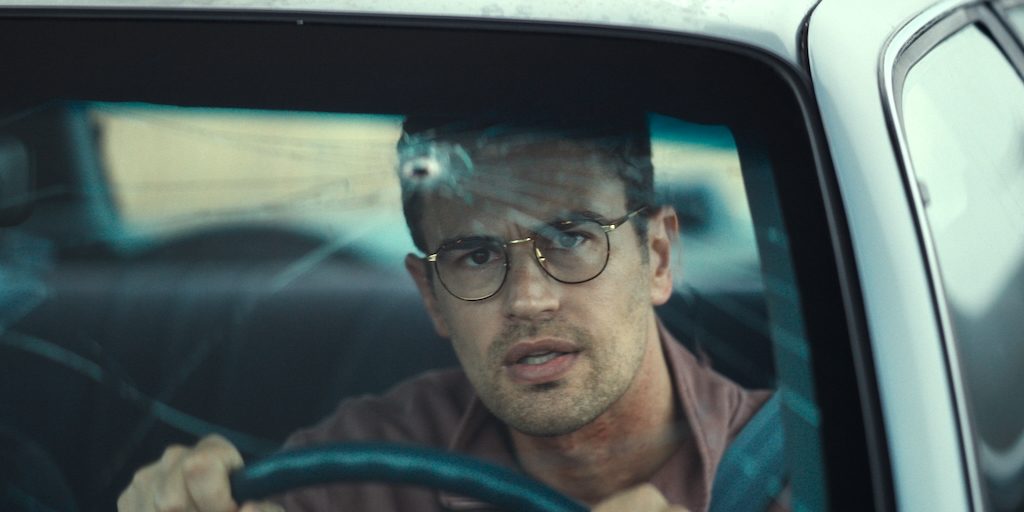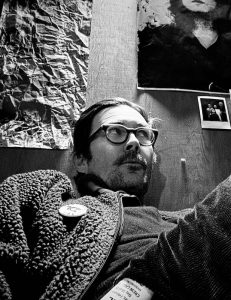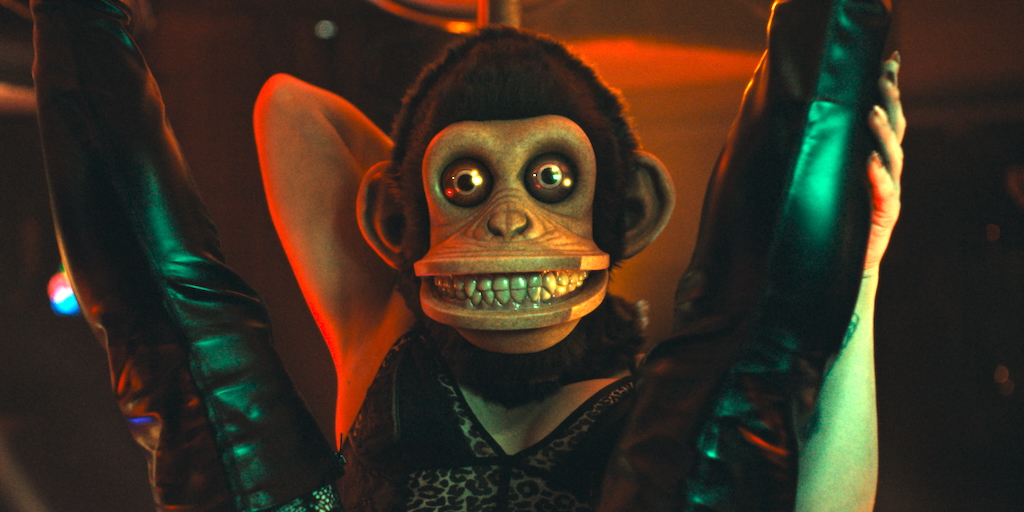“It seemed to me right from the jump that everybody in some way or other looks at that toy monkey’s face there’s an uncanny reaction in the human psyche. That’s become something in the collective unconscious,” says Osgood Perkins about his adaptation of Stephen King’s short story The Monkey.
It wasn’t simply the opportunity to reinterpret such a well known story that attracted Perkins to the story. “As soon as you connect to the material, you can see the poster,” he continues.
Where Do I Start?
As soon as Perkins saw the poster, he saw the whole movie. All the key story elements fell into place and he was ready to write the screenplay in a relatively short period of time.
For many drafts, Perkins titled the screenplay “Stephen King’s The Monkey. I wanted it to feel like it was in honor of the greatest contributor to the horror genre. I knew right away that there was such a wealth of texture, energy and pre-existing knowledge on the part of the audience, and so much emotion to give and receive from Mr. King.”

Hal (Theo James) Photo courtesy of Neon
After accepting the prestigious task of writing The Monkey, Perkins had to decide how to expand the short story into a feature film. “Everything I’m writing is about me in some way. I wouldn’t know how to approach anything if I wasn’t writing about my knowledge of how things are, my experiences, my feelings, and my curiosity around stuff.”
Of note, Perkins decided early in the development process that the monkey wasn’t going to actively kill people as might happen in other horror movies. “It’s not Megan, it’s not Chucky. It doesn’t stab you, it doesn’t cut your head off. It doesn’t use its drumsticks to hurt you. It’s just an entity like a totem, a deity, an icon, or an idol.” The Monkey simply exudes a lot of death energy.
[More: Osgood Perkins On ‘Longlegs’]
The filmmaker looked to his own life at the unusual deaths of his own parents to write his film. After noodling different ideas, he decided to make The Monkey about two estranged twin brothers Hal and Bill that need to be healed following the death of their mother. Both brothers contain aspects of him. So, having the same actor play both roles was perfect.
“The decision to make it comedic was very natural at that point. I’ve been through some bad stuff. Then life changes, time heals and you have different perspectives. It can become funny if you let it. Now you’re smiling against the backdrop of a monkey.”
A unique aspect of Osgood Perkins’ writing style is that he writes characters’ thoughts, sounds, and visuals on the page. “I figured a way to write dialogue that’s punchy and fun, but doesn’t say the thing that is meant. It’s subtext so actors tend to be happy.”
Modern Horror
“What’s interesting about the horror genre now is that we’ve hit this stride where it’s so artful, so inventive and it’s so surprising,” continues Perkins.
“The good ones that rise above the others is the interpretation of what it means to live and die. It is so artful and audiences never get tired of it. It seems to me that the horror movies are becoming increasingly medicinal. It’s medicine for a world that’s out of control.”

Osgood Perkins
“I think that the horror genre offers a container for that. I’m not really saying anything new. At the end of the day, I’m just a writer having to generate words.”
Paradoxically, Osgood Perkins doesn’t gain inspiration to write horror films from other horror movies. “The things that have always turned me on the most are not grisly horror pictures. I would never have a poster for the Texas Chainsaw Massacre up in my house. I love The Simpsons. I love Chuck Jones. I love Robertson Zemeckis and early Tim Burton movies. Those are the movies that made me who I am as a filmmaker, not John Carpenter. Not even Alfred Hitchcock,” he states.
He attributes these “punchy, self-aware qualities to comedy that fits for how I see things. It’s self-deprecating. It’s aware of our foibles, aware of what isn’t so great about us, aware of our limitations and loving those limitations.”
The violence in The Monkey is cartoonish, outrageous, and extreme which invites Perkins’ particular brand of humor to the screen.
Perkins references Chuck Jones’ Wile E. Coyote and Roadrunner to illustrate his sense of comedy. “The coyote dies all the time, but he never really dies because he appears in the following scene.”
“The deaths are so exaggerated and impossible that they supersede fear, loathing, revulsion. They just sit in this place of, ‘That was crazy fun.'”
Everybody Dies. That’s Life
Apart from exploring the difficult relationship between twin brothers Bill and Hal (Theo James) The Monkey can thematically be deconstruct to its poster tagline. It’s a line of dialogue said by the mother Lois (Tatiana Maslany), “Everybody dies and that’s life.”
“Once I had that sentence, it made everything relaxed and it made the truth of the picture and the truth of living. It’s all in surrender and in acceptance. There’s no fight. There’s no struggle,” muses Perkins.
It becomes almost like a haiku. That’s almost like a Zen Koan, which is so relaxing.
